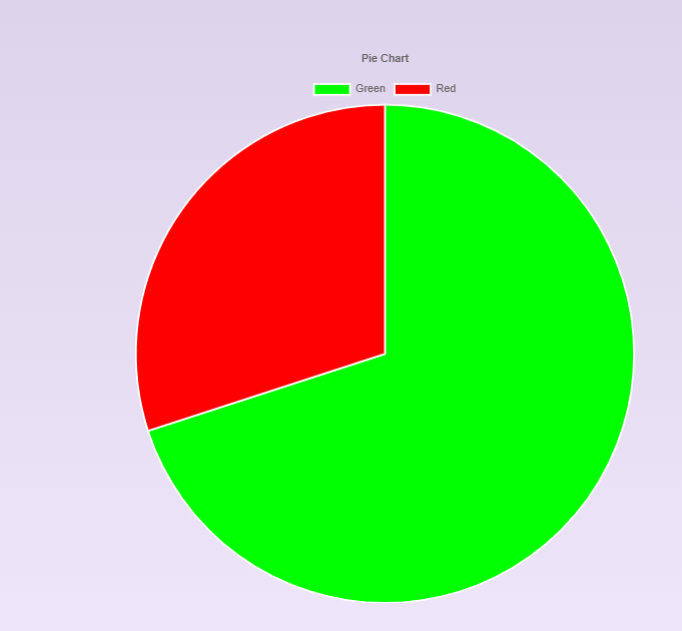Blog





When nutrition for dancers comes up, there are always lots of great questions! It makes sense. You see the connection between your food intake and performance. You might even notice a difference in your mood, energy, and stamina when you consume different things.
Many of the questions I get around nutrition for dancers have to do with “what to eat,” “how much to eat,” and “what’s balanced.” In this post, you’ll find answers and insights to some of the most common questions.
Include protein, carbohydrates, and fat throughout the day. If you’ve heard to prioritize one over the other, release that advice by committing to including all macros in your daily diet. Each macronutrient is essential and plays an important role in maintaining your health. Here are just a few of the many functions of each, simplified…
Carbohydrates’ primary role is to give you energy. They are your body’s preferred source of energy. Most carbs are broken down into glucose in the body. Your brain needs glucose to function. Simple carbs provide quick energy, while complex carbs provide more slowly released energy since your body takes longer to break them down.
Protein allows for muscle building. This is it’s best known role; however, it also keeps muscle, bone, and tissues healthy. Protein plays a role in numerous body processes, including immune system responses.
Fat supports cell growth, allows for absorption of fat-soluble vitamins A, D, E, and K, and they’re a significant source of energy.

zxcxzczxczxczxczxczxc

lots of fixtures on this year

Launching a new programme
Find out more about our whole school services and how we can work with your school by clicking the logo..
Sign up below or email office@future-pe.co.uk to arrange a discovery call
Sign Up